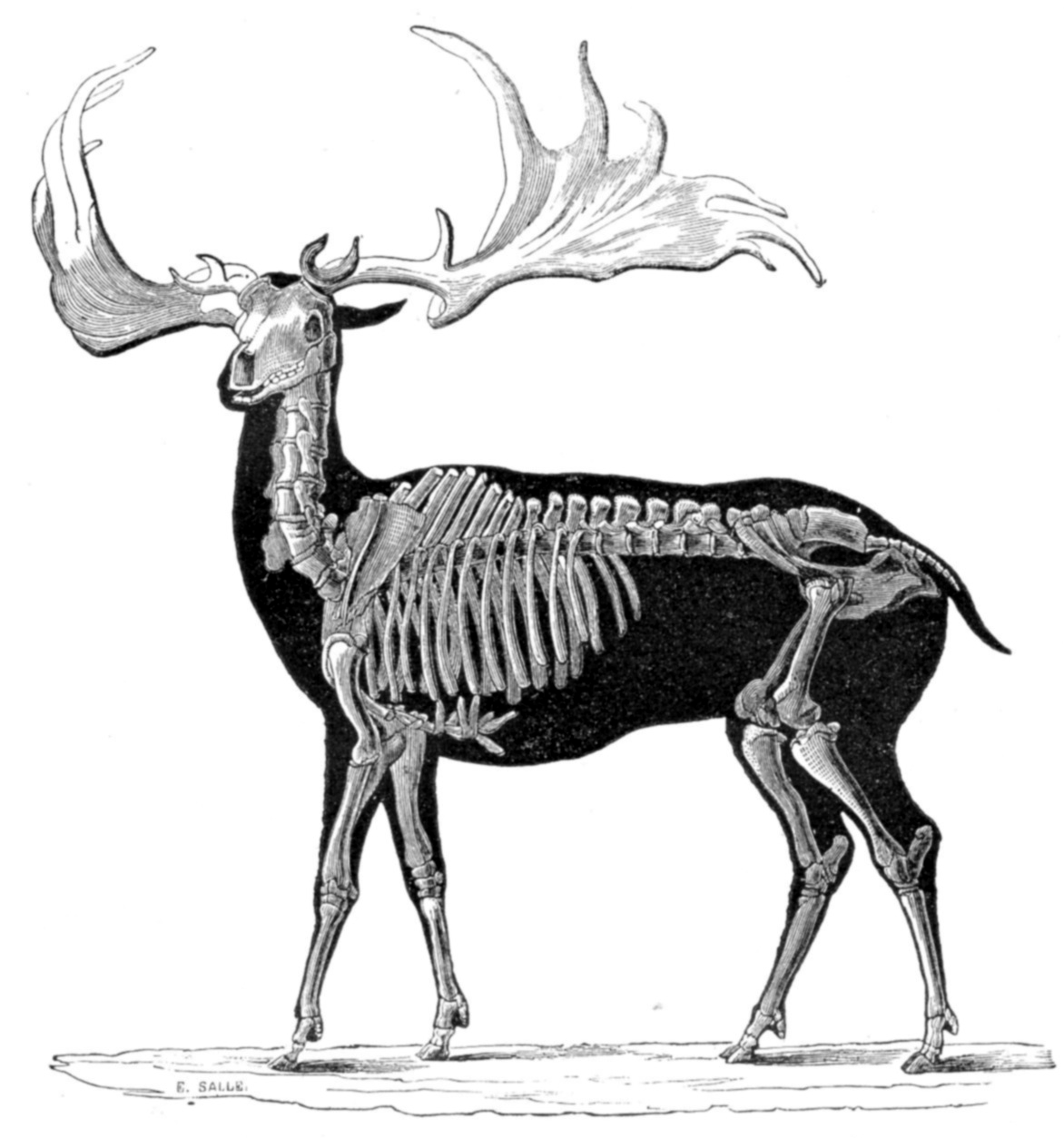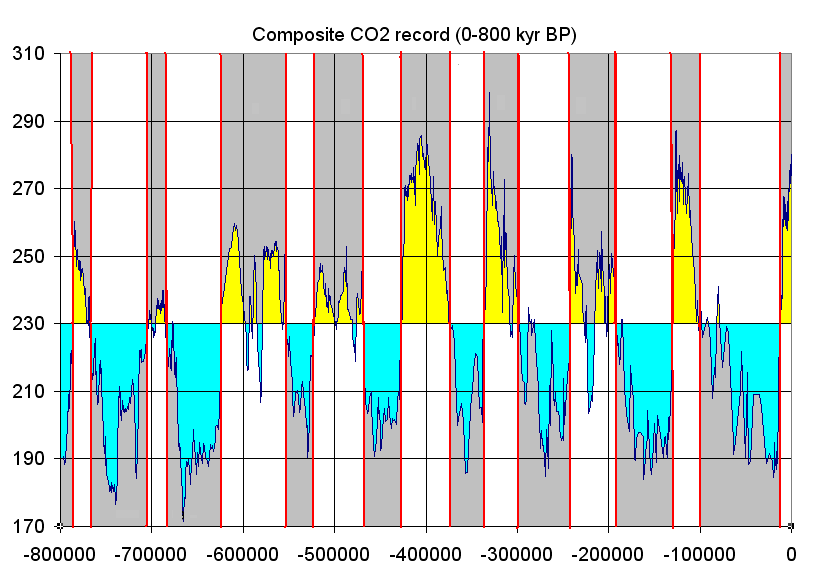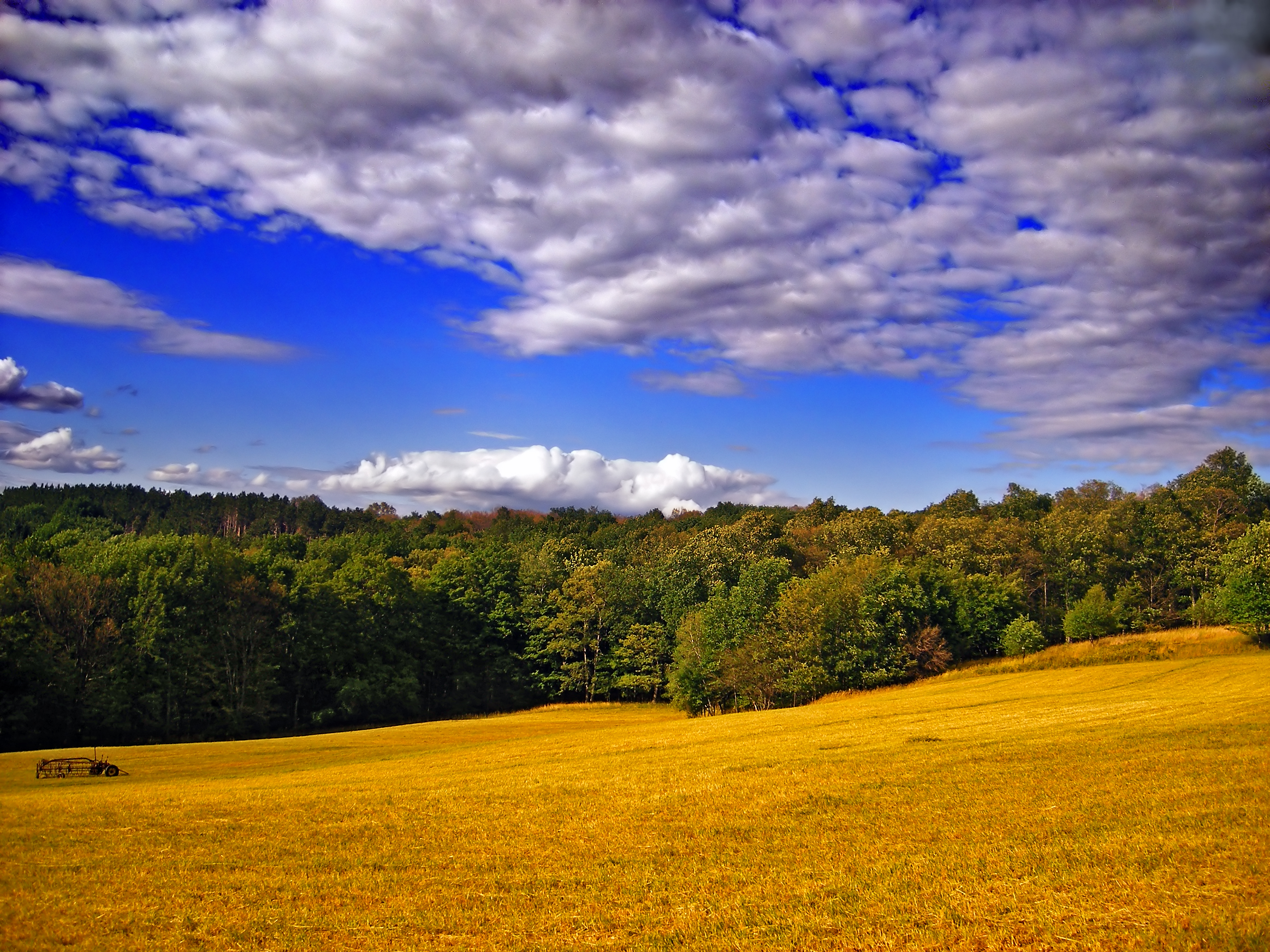|
Ecosystem Decay
Ecosystem decay is a term coined by Thomas Lovejoy to define the process of which species become extinct locally based on habitat fragmentation. This process is what led to the extinction of several species, including the Irish Elk. Ecosystem decay can be mainly attributed to population isolation, leading to inbreeding, leading to a decrease in the population of local species. Another factor is the absence of competition, preventing the mechanisms of natural selection to benefit the population. This leads to a lack of a skill set for the animal to adjust and adapt to a new environment. Habitat fragmentation and loss lead to smaller habitat sizes, and ecosystem decay predicts ecological processes are changed so heavily in smaller habitats that the loss in diversity is more extreme than expected by fragmentation alone. Although similar to forest fragmentation and island biogeography, ecosystem decay is what results in the event of forest fragmentation. Overview Ecosystem decay is a ... [...More Info...] [...Related Items...] OR: [Wikipedia] [Google] [Baidu] |
Thomas Lovejoy
Thomas Eugene Lovejoy III (August 22, 1941December 25, 2021) was an American ecologist who was President of the Amazon Biodiversity Center, a Senior Fellow at the United Nations Foundation and a university professor in the Environmental Science and Policy department at George Mason University. Lovejoy was the World Bank's chief biodiversity advisor and the lead specialist for environment for Latin America and the Caribbean as well as senior advisor to the president of the United Nations Foundation. In 2008, he also was the first Biodiversity Chair of the H. John Heinz III Center for Science, Economics and the Environment to 2013. Previously he served as president of the Heinz Center since May 2002. Lovejoy introduced the term ''biological diversity'' to the scientific community in 1980. He was a past chair of the Scientific Technical Advisory Panel (STAP) for the Global Environment Facility (GEF), the multibillion-dollar funding mechanism for developing countries in support of the ... [...More Info...] [...Related Items...] OR: [Wikipedia] [Google] [Baidu] |
Irish Elk
The Irish elk (''Megaloceros giganteus''), also called the giant deer or Irish deer, is an extinct species of deer in the genus '' Megaloceros'' and is one of the largest deer that ever lived. Its range extended across Eurasia during the Pleistocene, from Ireland to Lake Baikal in Siberia. The most recent remains of the species have been carbon dated to about 7,700 years ago in western Russia.International Code of Zoological Nomenclature">International Code of Zoological Nomenclature">/nowiki>International Code of Zoological Nomenclature/nowiki> (article 12) to validate ''Megalocerus''." The original spelling of ''Megalocerus'' was never used after its original publication.In 1844 Richard Owen named another synonym of the Irish elk, including it within the newly named subgenus ''Megaceros'', ''Cervus'' (''Megaceros'') ''hibernicus''. This has been suggested to be derived from another junior synonym of the Irish elk described by J. Hart in 1825, ''Cervus megaceros''. Despite bein ... [...More Info...] [...Related Items...] OR: [Wikipedia] [Google] [Baidu] |
David Quammen
David Quammen (born February 24, 1948) is an American science, nature, and travel writer and the author of fifteen books. His articles have appeared in ''Outside Magazine'', ''National Geographic'', '' Harper's'', ''Rolling Stone'', ''The New York Times Book Review'', ''The New Yorker'', and other periodicals. A collection of David Quammen's drafts, research, and correspondence is housed in Texas Tech University’s Southwest Collection/Special Collections Library. The collection consists of approximately 63 boxes of publicly available literary production, artifacts, maps, and other papers dated between 1856-2014. Early life and education David Quammen was born on February 24, 1948 to W.A. and Mary Quammen. He was raised in the suburbs of Cincinnati, Ohio and graduated from St. Xavier High School in 1966. Following this, he was awarded the Rhodes Scholarship, aiding him in attending and graduating from Yale. During his graduate studies at Oxford, he studied literature, concent ... [...More Info...] [...Related Items...] OR: [Wikipedia] [Google] [Baidu] |
White-faced Saki
The white-faced saki (''Pithecia pithecia''), called the Guianan saki and the golden-faced saki, is a species of the New World saki monkey. They can be found in Brazil, French Guiana, Guyana, Suriname and Venezuela. This species lives in the understory and lower canopy of the forest, feeding mostly on fruits, nuts, seeds, and insects. Although they are arboreal creatures and are specialists of swinging from tree to tree (brachiation), they are also terrestrial when foraging. White-faced sakis typically live around 14 years in their natural habitat and have been recorded to live up to 36 years in captivity. Sakis are active in the day and sleep highly elevated (15-20m) in trees with many leaves to shelter them from weather and flying predators. A formerly recognized subspecies of this monkey, ''P. p. chrysocephala'', was elevated to full species status as '' P. chrysocephala'' in 2014. Reproduction and Sexual Dimorphism In captivity, female white-faced sakis experience ovarian c ... [...More Info...] [...Related Items...] OR: [Wikipedia] [Google] [Baidu] |
Forest Fires
A wildfire, forest fire, bushfire, wildland fire or rural fire is an unplanned, uncontrolled and unpredictable fire in an area of combustible vegetation. Depending on the type of vegetation present, a wildfire may be more specifically identified as a bushfire( in Australia), desert fire, grass fire, hill fire, peat fire, prairie fire, vegetation fire, or veld fire. Some natural forest ecosystems depend on wildfire. Wildfires are distinct from beneficial human usage of wildland fire, called controlled burning, although controlled burns can turn into wildfires. Fossil charcoal indicates that wildfires began soon after the appearance of terrestrial plants approximately 419 million years ago during the Silurian period. Earth's carbon-rich vegetation, seasonally dry climates, atmospheric oxygen, and widespread lightning and volcanic ignitions create favorable conditions for fires. The occurrence of wildfires throughout the history of terrestrial life invites conjecture that ... [...More Info...] [...Related Items...] OR: [Wikipedia] [Google] [Baidu] |
Glaciation
A glacial period (alternatively glacial or glaciation) is an interval of time (thousands of years) within an ice age that is marked by colder temperatures and glacier advances. Interglacials, on the other hand, are periods of warmer climate between glacial periods. The Last Glacial Period ended about 15,000 years ago. The Holocene is the current interglacial. A time with no glaciers on Earth is considered a greenhouse climate state. Quaternary Period Within the Quaternary, which started about 2.6 million years before present, there have been a number of glacials and interglacials. At least eight glacial cycles have occurred in the last 740,000 years alone. Penultimate Glacial Period The Penultimate Glacial Period (PGP) is the glacial period that occurred before the Last Glacial Period. It began about 194,000 years ago and ended 135,000 years ago, with the beginning of the Eemian interglacial. Last Glacial Period The last glacial period was the most recent glacial peri ... [...More Info...] [...Related Items...] OR: [Wikipedia] [Google] [Baidu] |
Climate Change
In common usage, climate change describes global warming—the ongoing increase in global average temperature—and its effects on Earth's climate system. Climate change in a broader sense also includes previous long-term changes to Earth's climate. The current rise in global average temperature is more rapid than previous changes, and is primarily caused by humans burning fossil fuels. Fossil fuel use, deforestation, and some agricultural and industrial practices increase greenhouse gases, notably carbon dioxide and methane. Greenhouse gases absorb some of the heat that the Earth radiates after it warms from sunlight. Larger amounts of these gases trap more heat in Earth's lower atmosphere, causing global warming. Due to climate change, deserts are expanding, while heat waves and wildfires are becoming more common. Increased warming in the Arctic has contributed to melting permafrost, glacial retreat and sea ice loss. Higher temperatures are also causin ... [...More Info...] [...Related Items...] OR: [Wikipedia] [Google] [Baidu] |
Australian Megafauna
The term Australian megafauna refers to the megafauna in Australia during the Pleistocene Epoch. Most of these species became extinct during the latter half of the Pleistocene, and the roles of human and climatic factors in their extinction are contested. There are similarities between the prehistoric Australian megafauna and some mythical creatures from the Aboriginal Dreamtime. Causes of extinction Many modern researchers, including Tim Flannery, think that with the arrival of early Aboriginal Australians (around 70,000~65,000 years ago), hunting and the use of fire to manage their environment may have contributed to the extinction of the megafauna. Increased aridity during peak glaciation (about 18,000 years ago) may have also contributed, but most of the megafauna were already extinct by this time. Others, including Steve Wroe, note that records in the Australian Pleistocene are rare, and there is not enough data to definitively determine the time of extinction of m ... [...More Info...] [...Related Items...] OR: [Wikipedia] [Google] [Baidu] |
Brazil Nut
The Brazil nut (''Bertholletia excelsa'') is a South American tree in the family Lecythidaceae, and it is also the name of the tree's commercially harvested edible seeds. It is one of the largest and longest-lived trees in the Amazon rainforest. The fruit and its nutshell – containing the edible Brazil nut – are relatively large, possibly weighing as much as in total weight. As food, Brazil nuts are notable for diverse content of micronutrients, especially a high amount of selenium. The wood of the Brazil nut tree is prized for its quality in carpentry, flooring, and heavy construction. Common names In various Spanish-speaking countries of South America, Brazil nuts are called , , or . In Brazil, they are more commonly called "" (meaning "chestnuts from Pará" in Portuguese), with other names also used. In North America, as early as 1896, Brazil nuts were sometimes known by the slang term "nigger toes", a vulgarity that gradually fell out of use as the racial slu ... [...More Info...] [...Related Items...] OR: [Wikipedia] [Google] [Baidu] |
Species
In biology, a species is the basic unit of Taxonomy (biology), classification and a taxonomic rank of an organism, as well as a unit of biodiversity. A species is often defined as the largest group of organisms in which any two individuals of the appropriate sexes or mating types can reproduction, produce Fertility, fertile offspring, typically by sexual reproduction. Other ways of defining species include their karyotype, DNA sequence, morphology (biology), morphology, behaviour or ecological niche. In addition, paleontologists use the concept of the chronospecies since fossil reproduction cannot be examined. The most recent rigorous estimate for the total number of species of eukaryotes is between 8 and 8.7 million. However, only about 14% of these had been described by 2011. All species (except viruses) are given a binomial nomenclature, two-part name, a "binomial". The first part of a binomial is the genus to which the species belongs. The second part is called the specifi ... [...More Info...] [...Related Items...] OR: [Wikipedia] [Google] [Baidu] |
Brazil
Brazil ( pt, Brasil; ), officially the Federative Republic of Brazil (Portuguese: ), is the largest country in both South America and Latin America. At and with over 217 million people, Brazil is the world's fifth-largest country by area and the seventh most populous. Its capital is Brasília, and its most populous city is São Paulo. The federation is composed of the union of the 26 states and the Federal District. It is the largest country to have Portuguese as an official language and the only one in the Americas; one of the most multicultural and ethnically diverse nations, due to over a century of mass immigration from around the world; and the most populous Roman Catholic-majority country. Bounded by the Atlantic Ocean on the east, Brazil has a coastline of . It borders all other countries and territories in South America except Ecuador and Chile and covers roughly half of the continent's land area. Its Amazon basin includes a vast tropical forest, ho ... [...More Info...] [...Related Items...] OR: [Wikipedia] [Google] [Baidu] |
Edge Effect
In ecology, edge effects are changes in population or community structures that occur at the boundary of two or more habitats. Areas with small habitat fragments exhibit especially pronounced edge effects that may extend throughout the range. As the edge effects increase, the boundary habitat allows for greater biodiversity. Urbanization is causing humans to continuously fragment landscapes and thus increase the edge effect. This change in landscape ecology is proving to have consequences. Generalist species, especially invasive ones, have been seen to benefit from this landscape change whilst specialist species are suffering. For example, the alpha diversity of edge-intolerant birds in Lacandona rainforest, Mexico, is decreasing as edge effects increase. Types * Inherent – Natural features stabilize the border location. * Induced – Transient natural disturbances (e.g., fire or flood) or human related activities, subject borders to successional changes over ti ... [...More Info...] [...Related Items...] OR: [Wikipedia] [Google] [Baidu] |






